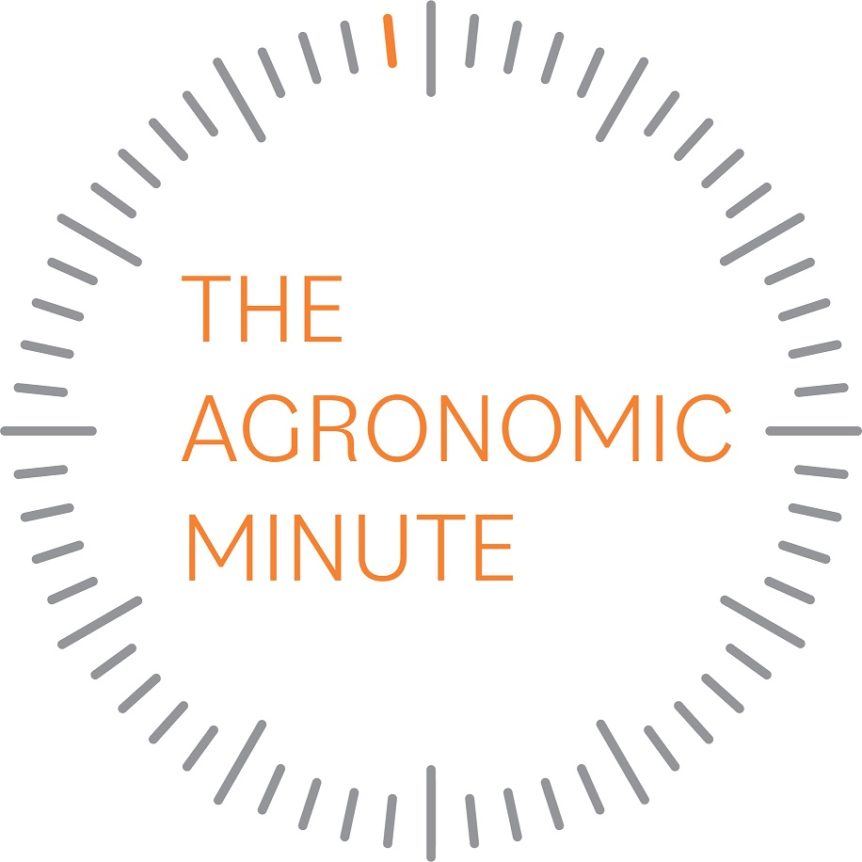Growers are consistently dealing with botrytis issues in their vineyards on a yearly basis. While the disease is most prevalent in cooler growing regions, it can be an issue for any grower given the right environmental conditions. Technical Services Manager for Northern California for UPL, Katie Driver said there are multiple factors that growers have top of mind when contemplating the potential for botrytis infection.
“It can become a problem in high humidity conditions paired with elevated nitrogen levels or compact clusters. All of that can promote a botrytis outbreak. Infections are going to be most severe when the relative humidity in the canopy is exceeding 92 percent, free moisture is present on the surface of the fruit, and temperatures are between 58-82 degrees Fahrenheit,” Driver explained. “Berries that have been damaged by insects, birds, machinery, or other things may become infected at any time after the fruit begins to ripen because the juice in the berry can provide the necessary water and nutrients for the fungal growth.”
Condensed clusters contribute to botrytis issues in vineyards in multiple ways. The grapes can crack under pressure, allowing the fungus to grow in the injury point which provides a moist habitat for spores to germinate. Cracked grapes can also attract fruit flies. The insects can then spread the disease as they move from cluster to cluster. Driver explained that they have a couple of different options available that can help growers address botrytis concerns.
“PH-D is the first. It is a trusted fungicide that offers effective control with a unique mode of action that has become an important resistance management tool for tough diseases in grapes in addition to other key California crops,” said Driver. “We also offer ELEVATE, which is a unique mode of action. It has a narrower spectrum of control but it’s specific to botrytis and there’s no cross-resistance between other anti-botrytis fungicides or SBI classes.”
Listen to the full episode below.











